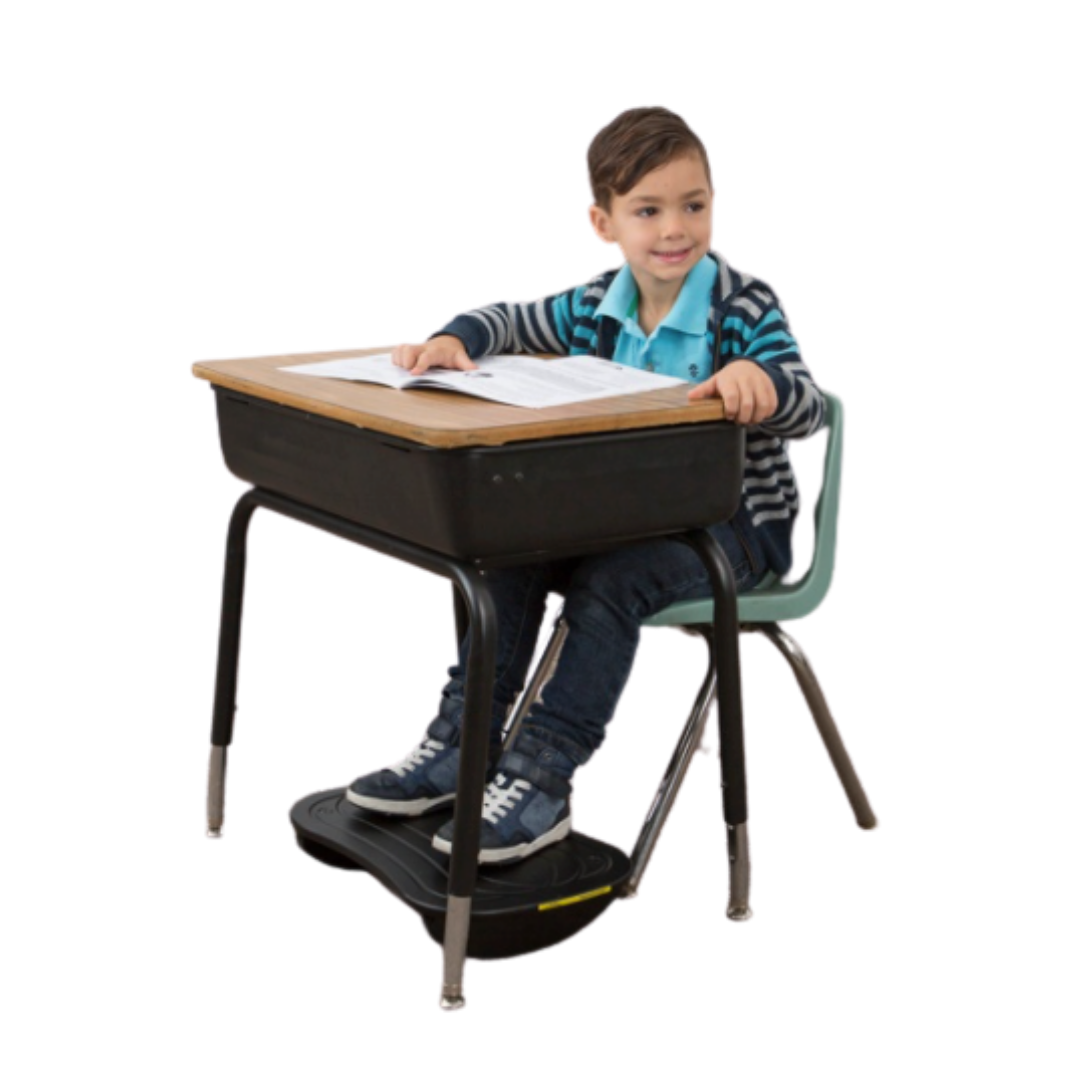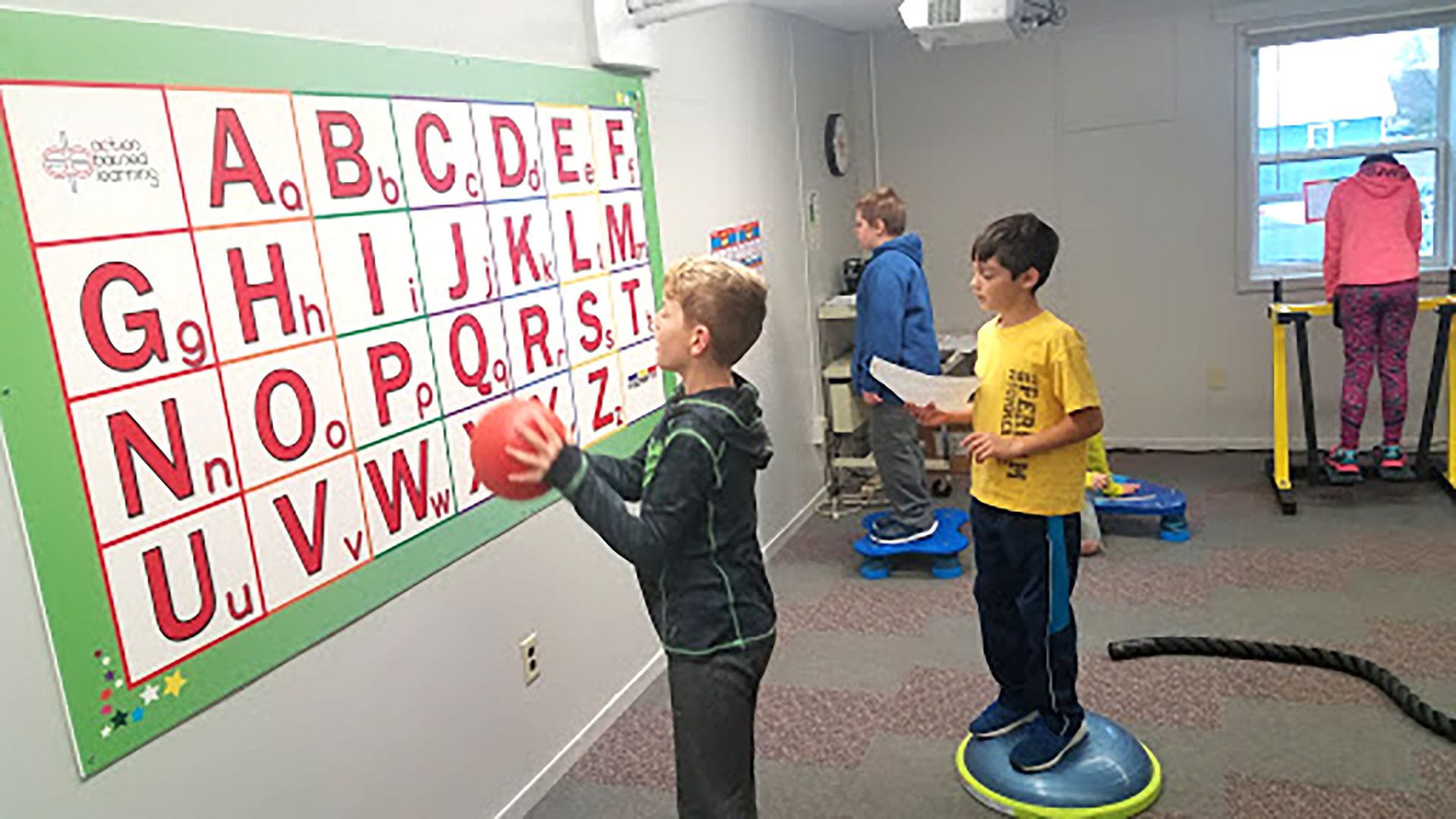Kinesthetic Learning and Pre-Handwriting Skills
article
repost
kinesthetic classrooms
action based learning

Children who have been labeled as behavioral, high-energy or unmotivated could be demonstrating the basic characteristics of kinesthetic learners. They are anxious to get moving and exploring their environment, using their hands to find new information and gather unique experiences. Kinesthetic learners may become bored easily and appear to be ignoring the speaker as they seek out movement and interactive work. They are sometimes able to disguise this as obedient, sitting in circle and “behaving,” when indeed they may be daydreaming about what they would rather be doing. Whichever the case, kinesthetic learners who are struggling with their education can be helped over this hurdle with planning and resources designed to meet their “hands-on” needs.

One of the basic steps in learning to read and write is the acquisition of an efficient recognition of the letters of the alphabet. Automatic recall of the sounds, shapes and sizes of the letters is crucial in the development of speed and comprehension in reading, as well as speed and legibility in handwriting. It makes sense, then, to introduce the alphabet with learning strategies that most fit the needs of their predominant learning style – kinesthetic. Pre-writing development begins early as children begin to use their hands and eyes to explore everything that they can reach and touch. They are beginning to understand shapes and sizes as they manipulate a rattle or hold their bottle. Balls, spoons, their hands and feet provide a means by which they discover space, texture and movement. As soon as they begin to smash and rub their food on their tray (or face), they are starting the process of communicating with us. As they pick up their first writing utensil and make a mark on a surface, they are discovering that their movements connect them with the outside world and allow them to create something unique. And this is the very stage in which they will start to expand their search for more ways to communicate through the movement of their hands. Movement – kinesthetic learning – through play is natural for children. Opportunities to explore movement and new experiences in their environment will enhance their learning by providing challenges for assimilation and adaptation.

















